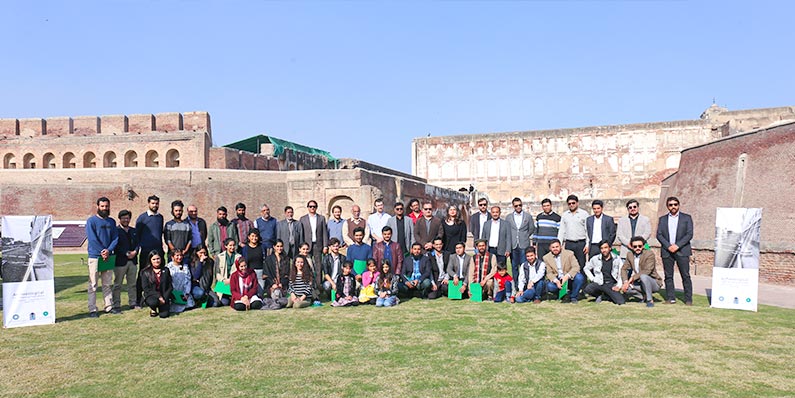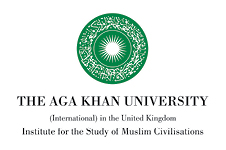Lahore Fort

Fort of Lahore Project - A Field School of Islamic archaeology in Pakistan
Since 2012, the government of Punjab, the Walled City of Lahore Authority (WCLA) and the Aga Khan Trust for Culture (AKTC) began a decade-long conservation initiative to restore and develop Lahore Fort, with the focus on promoting tourism, generating additional economic activities, and building climate change resilience for local communities.
The Fort and walled city of Lahore, located in the heart of the metropolis of 11 million inhabitants, comprises a group of various singular movements of exceptional historical and cultural value and dense ancient neighbours. The listing of the fort as a World Heritage Site in Denger in 1981 by UNESCO highlighted the many threats to its integrity.
The Lahore Fort, situated in the north-west corner of the Walled City of Lahore, occupies a site which has been occupied for several millennia. Assuming its present configuration during the 11th century, the Fort was destroyed and rebuilt several times by the early Mughals during the 13th to the 15th centuries. The 21 monuments which survive within its boundaries comprise an outstanding repertory of the forms of Mughal architecture from the reign of Akbar (1542-1605), characterized by standardized masonry of baked brick and red sandstone courses relieved by Hindu motifs including zoomorphic corbels, through that of Shah Jahan (1627-58), characterized using luxurious marbles, inlays of precious materials and mosaics, set within exuberant decorative motifs of Persian origins.
Professor Pradines explained:
"We started our project in 2019 and we organised the first field school in Islamic archaeology for AKTC staff members, students from the School of Architecture in Lahore, students from the Department of Archaeology at Punjab University and Quaid Azam University in Islamabad. The field school was supported by the Wall City Lahore authorities, and the Pakistani Antiquities of Punjab. Our research objectives were to situate Lahore not only as a Mughal Royal City but also as a main economic hub on the Indus River connected to the Indian Ocean. The field school had many goals, and it was organised in different phases. The first objective was to train people in the Walled City of Lahore. This included AKTC architects and staff from the Pakistani authorities who would do archaeological excavations in Muslim/ medieval context, with training to provide them with the knowledge and tools needed to do salvage and rescue excavations during the conservation works done by AKTC in the fort. The second objective was to open the training to students from different Universities in the region to increase the impact and the expertise of the AKU in Pakistan. This included archaeology, heritage, culture, and art."
Professor Pradines and his assistant Dr. Ingo Almela delivered three lectures and one week of field training to 59 participants.


